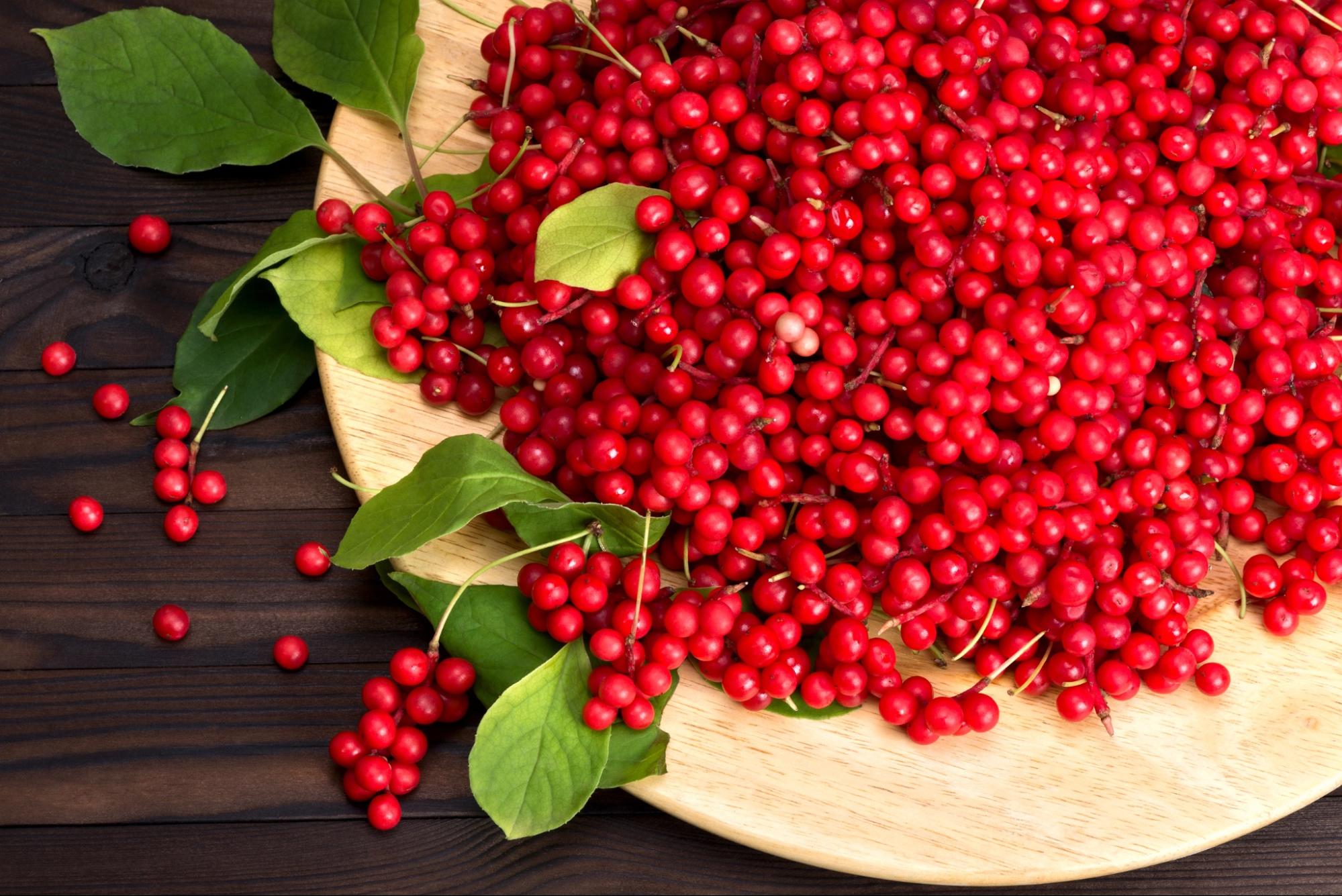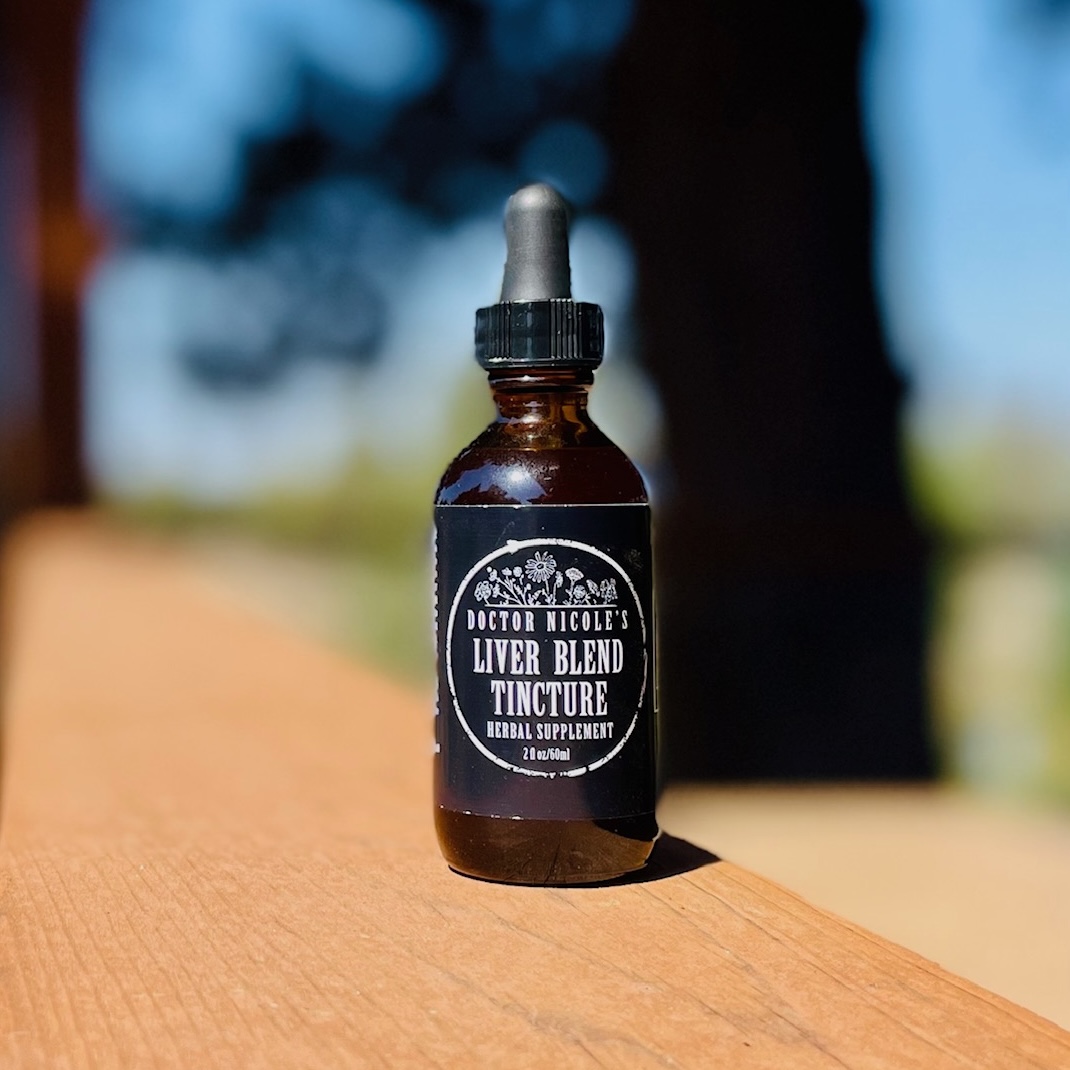A Simple Method for Addressing a Pervasive Problem
If you need another reason to eat more vegetables and whole foods, a recent study on PFAS — otherwise known as “forever chemicals” — has found that a high fiber diet effectively escorts these dangerous chemicals from the body before they can wreak havoc on health. This is no small feat as researchers estimate 200 million people in the United States rely on tap water that’s contaminated with these chemicals linked to cancer, birth defects, kidney disease, poor immunity, and endocrine disruption.1 They aren’t just found in water — PFAS are lurking in everything from stain and water resistant clothing and carpeting to non-stick cookware and even beer. It’s a class of chemicals that’s permeated our water, soil, food, and air. More than 98% of those in the US are suspected to have PFAS in their bodies.2 Needless to say, the findings of the study are welcome news.
The Study
PFAS chemicals are highly resilient and can circulate within the body for years. Researchers believe that environmental contamination of the chemicals can take hundreds, if not thousands of years to degrade. Half life in the human body is around two to five years. However, it can take decades to fully remove from the body. The US EPA has found no level of exposure to PFAS safe. Considering the chemicals often lead to a host of health concerns — including high cholesterol, cardiovascular disease, reproductive issues, specific forms of cancer, and more, a simple method of removing these harmful chemicals is a positive step in the right direction.3
For the study, 72 adult men with high cholesterol were given an oat and rice fiber drink for four weeks.5 At the end of the experiment, those who received the high-fiber intervention had notably lower levels of long-chain PFAS compared to those given the control drink. The researchers believe the gel created by the fiber in the intestinal tract helps to trap PFAS and bile acids so they are not absorbed as readily. Interestingly, bile acids are very similar in chemical structure to PFAS, which can move into the gut with bile. The gel formed from fiber detoxifies bile from the body in the same way as PFAS. Both insoluble and soluble fiber are required. Oat beta glucan is also effective. The team notes that the fiber drink needs to be consumed with meals because this is when bile is produced.
“Just like fiber can bind cholesterol and keep it from being absorbed, fiber also likely binds PFAS and keeps it from being absorbed through the gut to the liver into the bloodstream and back again,” said Kelly Johnson-Arbor, MD, a medical toxicologist at MedStar Georgetown University Hospital.4 She was not involved in the study.
It’s important to note fiber helps to clear out two types of long-chain PFAS that are no longer used in the USA. However, they persist in the environment for years and pose a threat of continued exposure. Newer PFAS chemicals move through the body much more quickly — but they are still toxins that are a cause for concern.

Reducing Exposure and Mitigating Harmful Effects
Two methods for lowering the risk of exposure to PFAS is to invest in a water filtration system and avoid non-stick cookware that is not PFAS-free. I personally use Caraway Cookware in our home. Reverse osmosis or a countertop Berkey water filter are good options. Many outdoor clothing companies have also replaced the use of stain and water repellent coatings with PFAS-free alternatives — Patagonia is one example. Look for OEKO-TEX Standard 100 and bluesign® designations for safer options.
As we have seen with the study above, eating a high-fiber diet is one of the best ways to reduce absorption of PFAS. The recommended daily intake of fiber for adults is between 25-30 grams — most fall far below this threshold. Focus on whole grains, fruits and vegetables, legumes, seeds and nuts. A green Mediterranean diet is a great example of how you should be structuring your meals for ideal fiber consumption and nutrient value.
You can also support your detoxifying organs — the liver and kidneys — to support removal of harmful chemicals. This post has comprehensive suggestions for best detoxification practices. Herbal support is also important, which we will discuss below.
Top Medicinal Herbs for Detoxification
Three herbs are particularly helpful for clearing your liver and kidneys of toxins and supporting optimal functioning. These include: dandelion, milk thistle, and schisandra berries. Each is found in our potent Liver Blend. Here are their unique benefits:
DANDELION ROOT (TARAXACUM OFFICINALE)
- Known as a diuretic
- Helps lower liver inflammation and lipid accumulation in the liver
- Helps flush toxins from the liver
- A good source of inulin to promote healthy gut bacteria
- Enhances detoxification of the liver, gallbladder, and kidneys
MILK THISTLE SEED (SILYBUM MARIANUM)
- Contains silymarin, which may help with liver repair and protection
- Helps detoxify and support the liver by helping clear environmental toxins, chemotherapy toxins, poison, and harmful drugs from the body
- Exhibits antioxidant, lipid-lowering, antihypertensive, antidiabetic, antiatherosclerotic, and anti-obesity effects due to the bioactive compound silymarin
- Known to assist with cirrhosis, fatty liver disease, jaundice, and hepatitis
SCHISANDRA BERRIES (SCHISANDRA CHINENSIS)
- Promotes liver regeneration
- Helps address non-alcoholic fatty liver disease (NAFLD)
- Helpful to support kidney, neurological, gastrointestinal, and liver disorders
If you’re looking to support your liver and kidneys, our Liver Blend is an outstanding option. Thoughtfully formulated with research-backed herbs, this blend is designed to help flush toxins, reduce inflammation, and restore optimal liver and kidney function. Whether you’re dealing with fatigue, sluggish digestion, or simply want to strengthen your body’s natural detox pathways, these time-tested botanicals work in synergy to support whole-body vitality.
Visit the apothecary today to learn more about this essential formulation!
Nicole Apelian
Nicole’s Apothecary Products in this Post
References
- David Q. Andrews and Olga V. Naidenko, Environmental Science & Technology Letters 2020 7 (12), 931-936 DOI: 10.1021/acs.estlett.0c00713
- Shearer JJ, Callahan CL, Calafat AM, et al. Serum concentrations of per- and polyfluoroalkyl substances and risk of renal cell carcinoma. J Natl Cancer Inst. 2021;113(5):580-587. doi:10.1093/jnci/djaa143
- U.S. Environmental Protection Agency. Our current understanding of the human health and environmental risks of PFAS. https://www.epa.gov/pfas/our-current-understanding-human-health-and-environmental-risks-pfas
- “Eating More Fiber May Help Lower PFAS Levels in Your Body, Study Finds” by Stephanie Brown | Fact checked by Jennifer Klump, Very Well Health, May 21, 2025. https://www.verywellhealth.com/pfas-and-fiber-11736649
- Schlezinger, J.J., Bello, A., Mangano, K.M. et al. Per- and poly-fluoroalkyl substances (PFAS) in circulation in a Canadian population: their association with serum-liver enzyme biomarkers and piloting a novel method to reduce serum-PFAS. Environ Health 24, 10 (2025). https://doi.org/10.1186/s12940-025-01165-8






